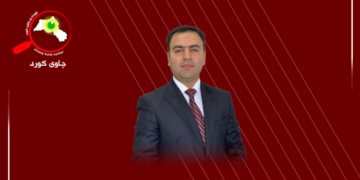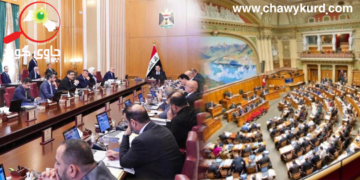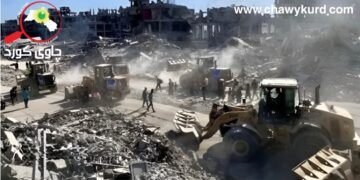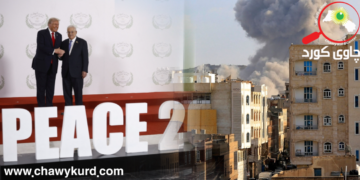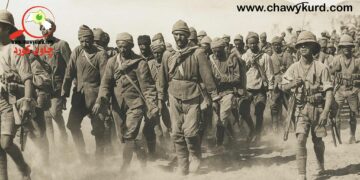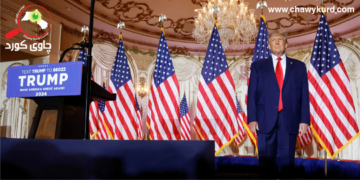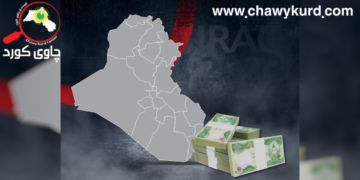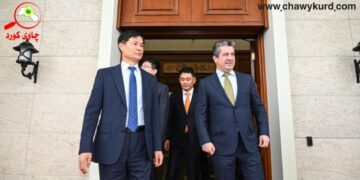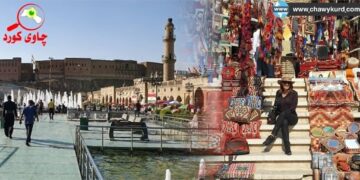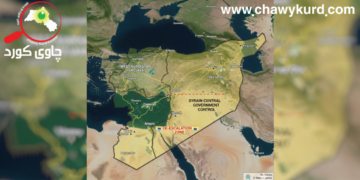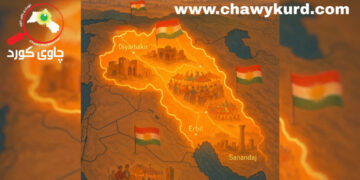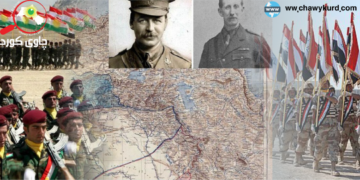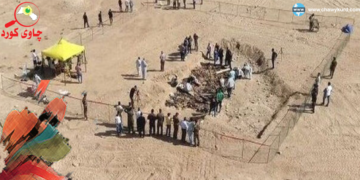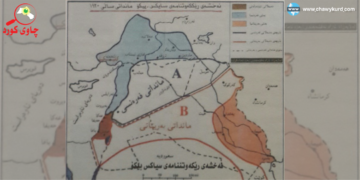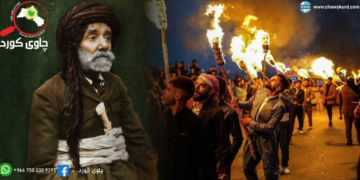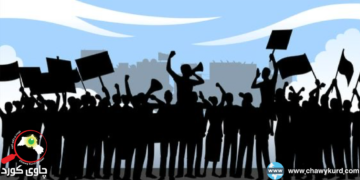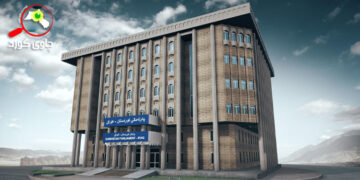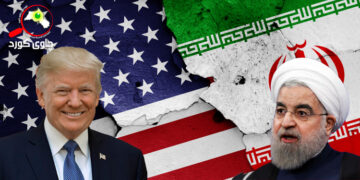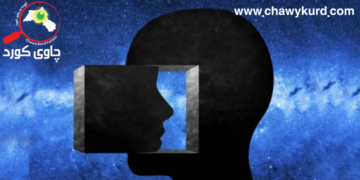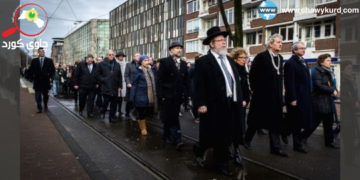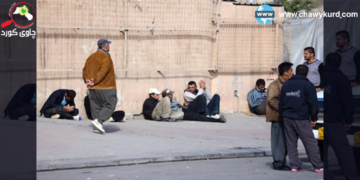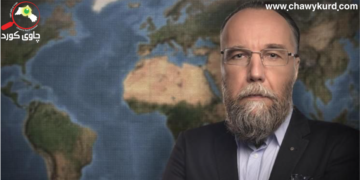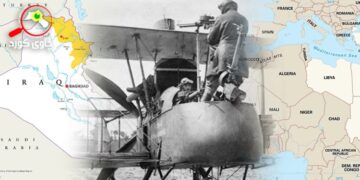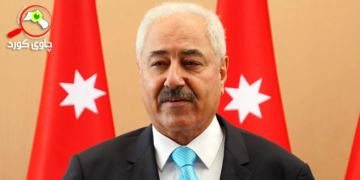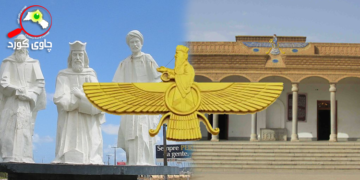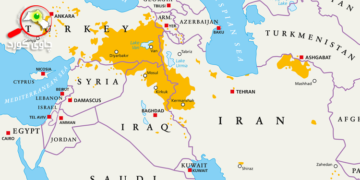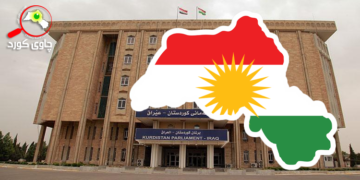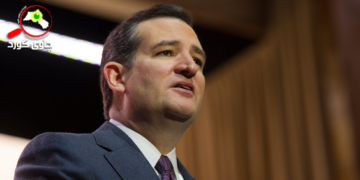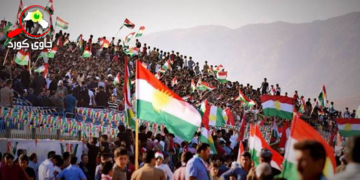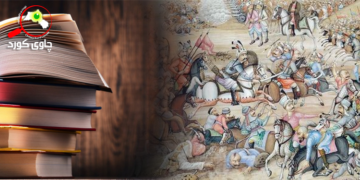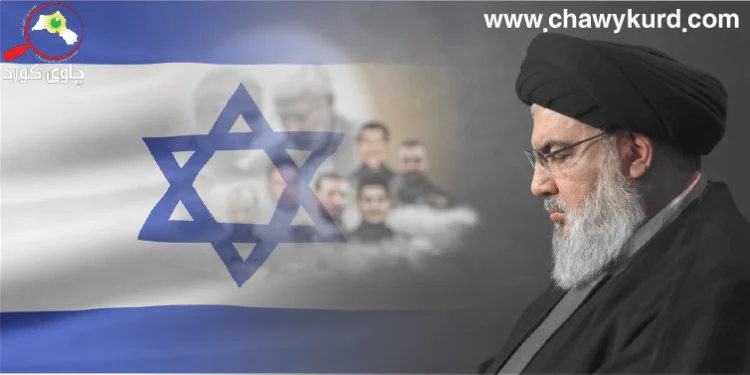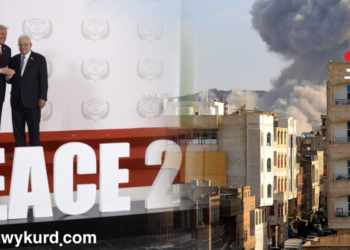From blowing up pagers to assassinating Nasrallah
Three US journalists have revealed details of Israeli Mossed attempts to infiltrate Lebanese Hezbollah. Based on interviews with more than 20 current and former Israeli officials, as well as US and European officials, they say; the process of blowing up the pagers and assassinating Nasrallah was the result of two decades of systematic intelligence work. The New York Times reports that the 20 officials interviewed declined to be identified because they talked about covert operations. According to the officials, Israel’s attempts to infiltrate Hezbollah began in 2012 since then, Israeli spies have been able to install listening devices in Hezbollah hideouts and monitor the movements of the group’s leaders on a semi-continuous basis.
“Nasrallah’s last moments”
On September 27, 2024, Hezbollah Secretary General Hassan Nasrallah was in a Hezbollah hideout 40 feet underground when his aides asked him to move to a safer place, but he ignored them. He was unaware at the time that Israeli intelligence agencies had been tracking his every move for years. Shortly after the advice of his aides, Israeli F-15s dropped thousands of kilograms of explosives and destroyed the hideout of Nasrallah and a number of senior Lebanese Hezbollah leaders. The next day, Nasrallah’s body was found with a senior Iranian general in Lebanon, both drowned.
Two Israeli officials said Israeli intelligence and the air force conducted about 40 war tests over a year on how to kill Nasrallah and other senior leaders. Those officials wanted to make sure they could target them simultaneously, even if they weren’t in the same place. According to two Israeli defense officials and a Western official, while senior Israeli officials were debating, the intelligence service received new information that Nasrallah intended to move to a different hideout, which would be much harder to target. So on September 26, as Netanyahu prepared to travel to New York to attend the UN General Assembly, he met with senior political, intelligence and military advisers to discuss Nasrallah’s assassination. They also had to decide in advance whether to notify the United States.
Netanyahu and other senior advisers opposed the Biden administration’s warning, saying US officials would deny the attack even if they were not warned, but that if Iran responded, the United States would defend Israel. So they agreed not to inform Washington.
Netanyahu arrived in New York the next day, approving Nasrallah’s assassination just hours before delivering his speech on the UN platform. In his speech, however, he said Hezbollah had taken control of Lebanon. “Don’t let Nasrallah drag Lebanon into the fire,” he said.
“Cultivating Resources”
In 2006, Hezbollah kidnapped and killed two Israeli soldiers. This incident led to a bloody war between Israel and Hezbollah that lasted for 34 days. The war ended with Israel’s withdrawal from Lebanon. Israel considered the war a humiliation. So after the war ended, Tel Aviv formed a committee of inquiry, forced a number of senior generals to resign, and questioned intelligence officials about the quality of intelligence.
According to three former Israeli officials, Israel’s efforts to infiltrate Hezbollah members and headquarters began in the days of the war, first by gathering information about the Fajr missiles used by Hezbollah. Through the installation of a surveillance device, they were able to gather information about explosives hidden in secret military bases, civilian warehouses and private homes. As a result, the Israeli air force bombed the areas, destroying the missiles.
Throughout the years following the war, Nasrallah likened Israel to a cobweb and believed his group would win any further conflict against Israel. In contrast, according to ten current and former US and Israeli officials, while Hezbollah was reorganizing, the Mossad planted and expanded its human resources network within the group, so that after the war, the Mossad through several Lebanese mercenaries helped Hezbollah build secret hideouts. According to two officials, the Mossad gathered information about the hideouts and monitored them. He has informed the United States and European allies of the information he has received.
“Activities of Unit (8200)”
In 2012, five current and former defense officials in Israel and Europe said the 8,200 unit, the equivalent of the US National Security Agency, obtained a wealth of information about the whereabouts of Hezbollah leaders, their hideouts, missile batteries and artillery. After receiving the information, the Israeli intelligence agency assured Netanyahu that if he carried out his threats to attack Iran’s nuclear facilities, the Israeli army could neutralize Hezbollah and be unable to respond. According to current and former Israeli defense officials familiar with the meeting, Netanyahu visited the headquarters of the 8200th Unit in Tel Aviv shortly after the operation. During this visit, the head of the unit gave a demonstration by printing out a large set of data, producing huge piles of paper. “Now you can attack Iran,” he told Netanyahu, standing next to the equipment, but Israel did not.
Over the following years, Israeli intelligence agencies began to refine the intelligence gathered in the previous operation to produce information that could be used in the event of war with the Lebanese militias. According to Israeli defense officials familiar with the intelligence, when the 2006 war ended, Israel had a “target forum” that included about 200 Lebanese Hezbollah commanders, weapons and missile caches.





